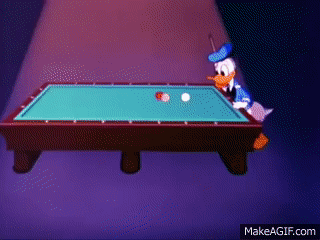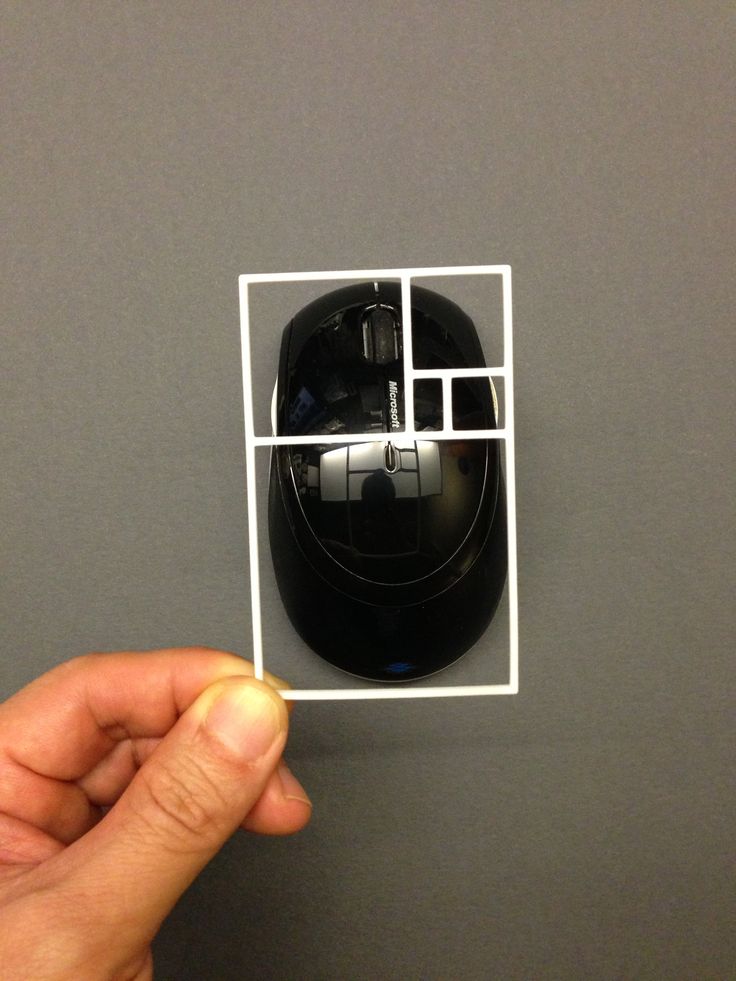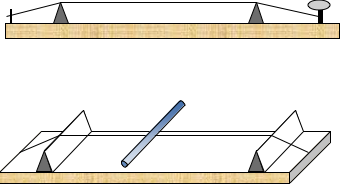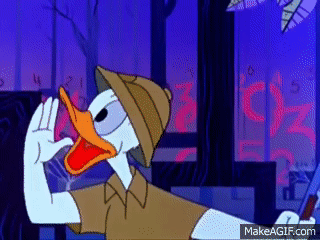Hello everyone!
📽️ In today's post we will comment on the last part of the video: Donald Duck in Mathmagic Land. This part would be between the minutes 22:09 - until the end of the video. As we already talked in his respective post, in this part of the video the narrator will explain through Donald that to understand mathematics we have to have an open mind and have a positive attitude towards them as we talked about in the previous post. The narrator does this, so that now Donald, with flat figures, finds objects of our everyday life that form figures with volumes. In order to finish the video and this fragment, the narrator tells us that there are still many unknowns about mathematics, which at the end of the video represents doors that can not be opened.
In this fragment of the video we find the following content related to the theme of geometry: flat geometric figures, solid of revolution and volumes. In this class, we will work with the volumes, since in previous posts we have worked with the different flat figures and although we can take advantage of them to review them, we will introduce the contents related to the subject of the volumes.
Before starting with the activities we can see this web page to make a brief review of the contents that we will see next in the following activities, which as we have already said, will work all the content of volumes. In order to review the solid of revolution here is a web page that can help you to understand it.
📝 ACTIVITY: for this first activity we will review the contents of flat figures and we will finish by introducing the contents of volumes. In order to do all this in a different and fun way we will use food to create our geometric figures. In this web page you can find how prisms and flat figures are created in different ways that students can finish "eating" in class.

🕹️ GAME: in the following websites (1, 2, 3) you can find different games that can be used in class to review the contents of the volumes. This type of resource, students can repeat at home as often as they wish, in addition to the use of technologies and gamification help to create a motivation in the student to use the game and learn new knowledge.
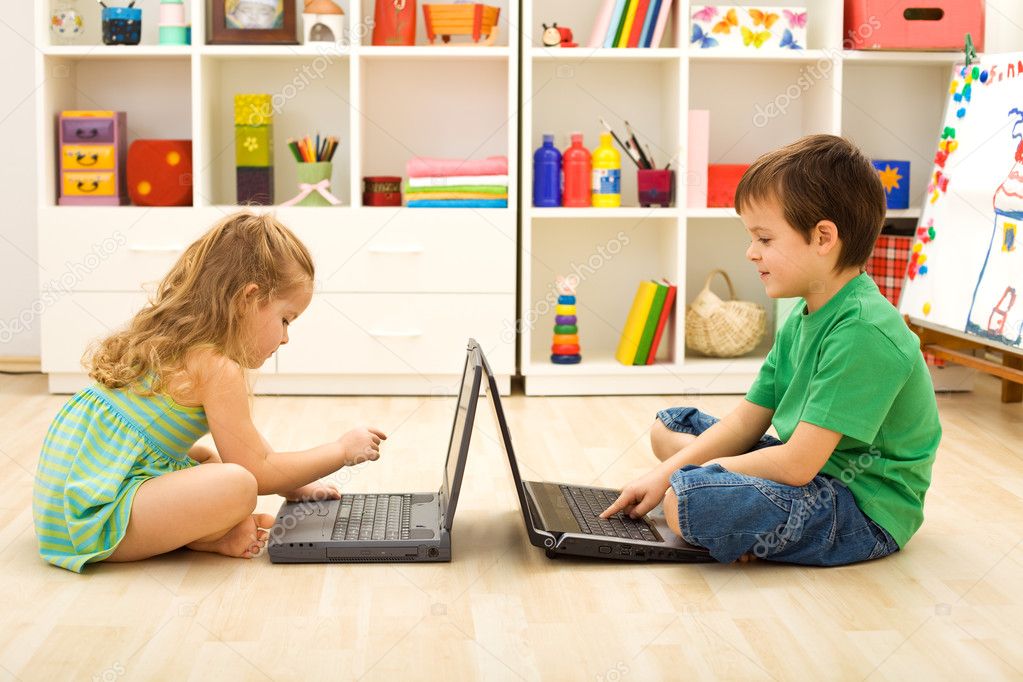
⚗️ EXPERIMENT: for the following experiment, once the volumes are explained, we can ask the students if they think the volume of a cone is one third of the volume of a cylinder, and so we will introduce this experiment, where the students will create their own figures, and as it is shown in the video, they will verify that this statement is indeed true. This type of experiment could be carried out with different geometrical figures to compare the volumes between them.
I hope you stay and help us in this exciting trip through Mathmagic Land!
Marta 


